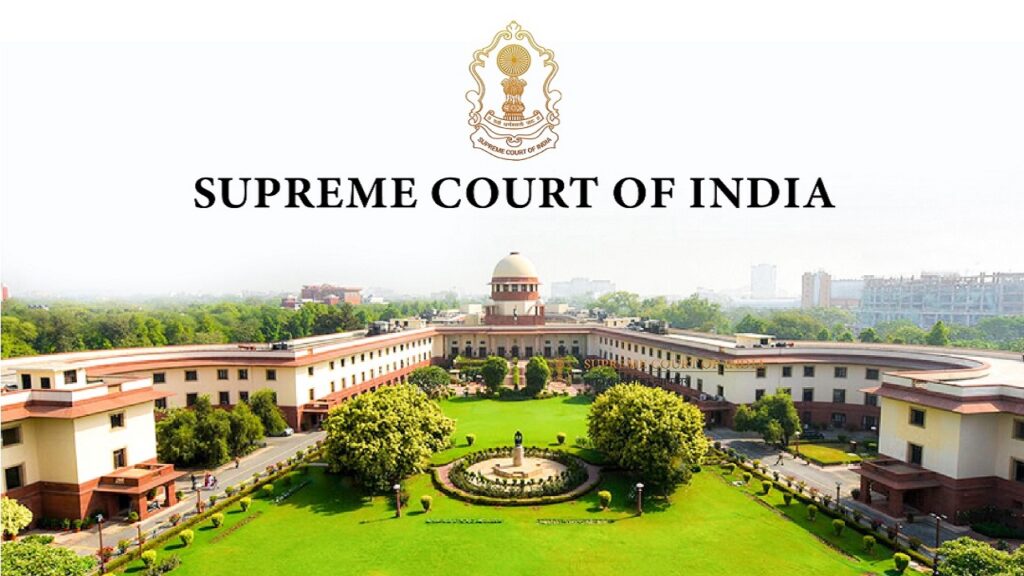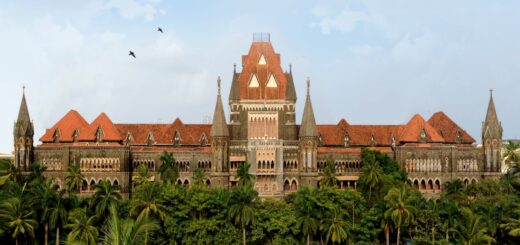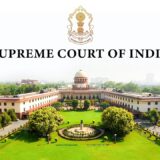AMU Is Not a Minority Institution Because It Is Not Founded or Run by a Minority Religious Group: Justice Dipankar Datta’s Dissenting View.

Justice Dipankar Datta, in his dissenting opinion, noted that Aligarh Muslim University (AMU) does not meet the criteria for a minority institution under Article 30(1) of the Constitution. He pointed out that it was not founded or run by a religious community considered a minority. The Supreme Court, by a 4:3 vote, overturned a previous ruling from a Constitution Bench in the case of S Azeez Basha v. Union of India (1968), which had addressed petitions for AMU’s ‘minority status.’ The matter was brought before a regular bench to determine if AMU qualifies as a minority educational institution. In his dissent, Justice Datta concluded that AMU has never been managed by a minority community. He emphasized that the Central Government has had ultimate control over the University since 1920.
The majority opinion was held by Chief Justice D.Y. Chandrachud, Justice Sanjiv Khanna, Justice J.B. Pardiwala, and Justice Manoj Misra, while Justices Surya Kant, Dipankar Datta, and Satish Chandra Sharma dissented. In the Azeez Basha case, the Supreme Court ruled that for an institution to be recognized as a minority institution under Article 30(1), it must be both “established and administered by the minority community.” The Court interpreted Article 30(1) as requiring these rights to be exercised together. Therefore, if an educational institution was not founded by a religious minority, that community cannot claim the right to manage it under Article 30(1). This ruling determined that AMU does not qualify as a minority institution since it was neither established nor managed by a minority community.
Justice Datta’s dissent highlighted concerns about the referral process, questioning whether a ‘two-Judge Bench’ should be able to refer a decision made by a Constitution Bench to a larger seven-Judge Bench. He emphasized that “judicial discipline” dictates that only a “Bench of equal strength” can challenge a previous Supreme Court decision. Justice Datta stated, “High authority decisions aim to uphold judicial discipline, propriety, and comity, principles that courts have respected for ages. Allowing a smaller bench to question a ruling from a larger bench and refer it to an even larger bench contradicts these well-established principles. The doctrines of precedents and stare decisis provide certainty for those appearing in court and add objectivity to a process that is often subjective.”
Justice Datta cited the Constitution Bench ruling in Central Board of Dawoodi Bohra Community v. State of Maharashtra (2005), which made it clear that “only a Bench of equal strength” can cast doubt on a decision from a larger Bench. He noted that only the Chief Justice of India has the power to bring matters before a larger Bench, stressing that “only the Chief Justice” can make such referrals to uphold the integrity of judicial processes.
I cannot follow the same route. After nearly nine months, the judgment is still pending, and it troubles me to send the case back to another bench. Both parties have thoroughly discussed whether AMU qualifies as a minority institution. Given the current focus on reducing case backlogs, it would waste valuable judicial time to revisit the same issue when we could address other important legal questions. I feel compelled to make a decision now, based on the evidence presented and the context surrounding the case, regarding AMU’s status as a minority educational institution. I believe I can do this because both sides have already provided extensive evidence.
Therefore, I conclude that according to clause (5) of Article 145 of the Constitution, the references do not need a response. I declare that AMU is not a minority educational institution, and the appeals for minority status should be dismissed.
Cause Title: Aligarh Muslim University v. Naresh Agarwal & Ors. (Neutral Citation: 2024 INSC 856)









